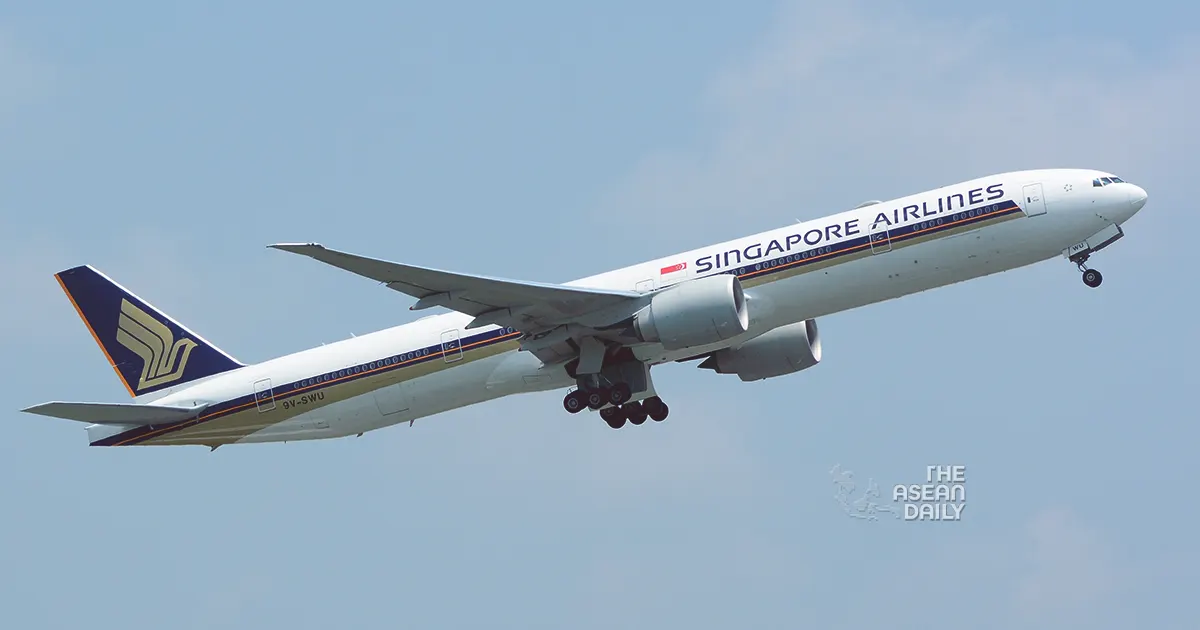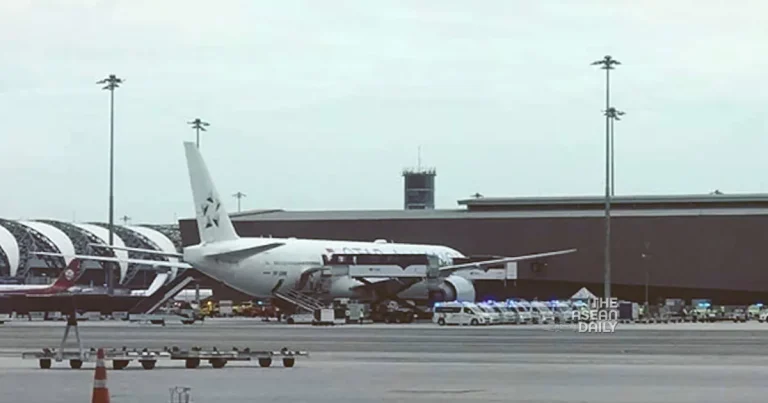26-5-2024 (SINGAPORE) As news of the turbulence-stricken Singapore Airlines (SIA) flight SQ321 unfolded, air travellers worldwide undoubtedly shuddered, confronted with yet another airborne fear turned reality. On Tuesday, the 21st of May, the Boeing 777-300ER encountered severe unexpected turbulence over Myanmar’s skies, violently propelling some passengers into the overhead compartments. Tragically, one life was lost, and numerous individuals sustained injuries, some critically.
While airlines maintain emergency protocols and crisis management teams, their hopes are to never need such measures. The immediate aftermath of air incidents can be a challenge, with staff potentially in shock or confusion, passengers unattended, and information scarce and uncertain.
By most accounts, SIA’s actions, both in the air and on the ground, were exemplary, serving as a lesson in crisis response for other carriers.

SIA’s rapid actions and clear communications have been widely praised, commencing with the pilot’s decision to land in Bangkok rather than Yangon. The airline has a more substantial presence in the Thai capital, and the medical facilities there were better equipped to handle the emergency.
Passenger Josh Silverstone applauded the cabin crew for attending to people despite several crew members themselves being severely injured. Another passenger, Andrew Davies, recalled the flight attendants as “stoic and did everything they could”.

Upon arrival at Suvarnabhumi Airport, the jet was met by ambulances and medical personnel who swiftly transported victims to nearby hospitals. Malaysian student Dzafran Azmir commended the airport and SIA staff for their care of both injured and uninjured passengers.
By evening, an SIA relief plane had departed for Bangkok. SIA CEO Goh Choon Phong met with returning passengers upon their early Wednesday morning arrival and also travelled to Bangkok to meet those still there.
Preparedness and a robust safety culture are critical factors in such situations.
Effective crisis response and communication are challenging endeavours. SIA demonstrated its lessons learned from its last fatal aviation incident, which occurred 24 years ago.
In October 2000, an SIA Boeing 747-400 bound for Los Angeles took off from the wrong runway at Taipei airport during a typhoon, resulting in a horrific crash that claimed 83 lives. That tragedy was marred by initial confusion and miscommunication after inaccurate and unverified information was made public, causing widespread anger and criticism.
Few airlines handle crises well when things go awry.
Nevertheless, airlines must remain vigilant, as air travel is fraught with risks beyond the industry’s control, ranging from pandemics and natural disasters to geopolitical instability.
Aviation suffered immensely during the COVID-19 pandemic, with airlines worldwide grounding their fleets and laying off or cutting the salaries of many workers.
In the past two years, conflicts in Ukraine, Gaza, and Iran have forced airlines to avoid vast swaths of airspace in the Middle East and Europe, causing flights to be rerouted, resulting in loss of time and money.
In recent months, some flights in Indonesia were cancelled due to volcanic eruptions. Volcanic ash can damage plane engines and cause aircraft to stall.
Then there are weather hazards, including turbulence, wind shear, icing, and conditions that require pilots to fly primarily by reference to flight instruments instead of visual references (known as instrument meteorological conditions).
Despite these challenges, flying remains the safest mode of transportation.
According to an International Air Transport Association (IATA) safety report, there were 39 commercial aviation accidents in 2022, resulting in 158 deaths – one accident for every 0.83 million flights.
Nonetheless, the industry is exploring ways to enhance air travel safety and efficiency, including the use of artificial intelligence (AI) for optimised flight paths that can prevent delays, predictive maintenance to ensure a plane’s airworthiness, and more accurate weather forecasts.
AI algorithms, capable of analysing vast amounts of data from various sources, could assist pilots and air traffic controllers in making better-informed decisions and reducing human error.
From preventing accidents to minimising loss and managing crises when they do occur, safety and security are non-negotiable in aviation.




